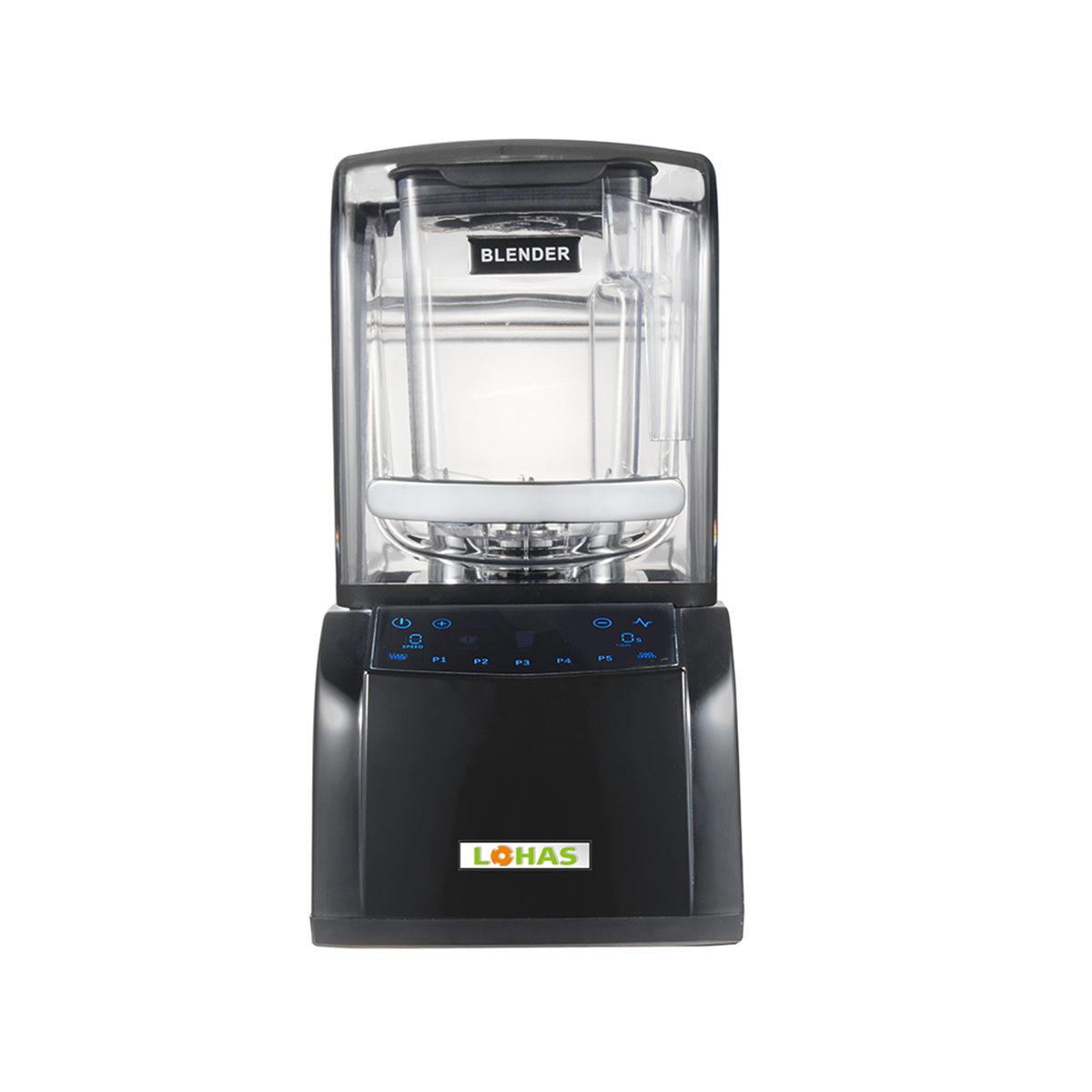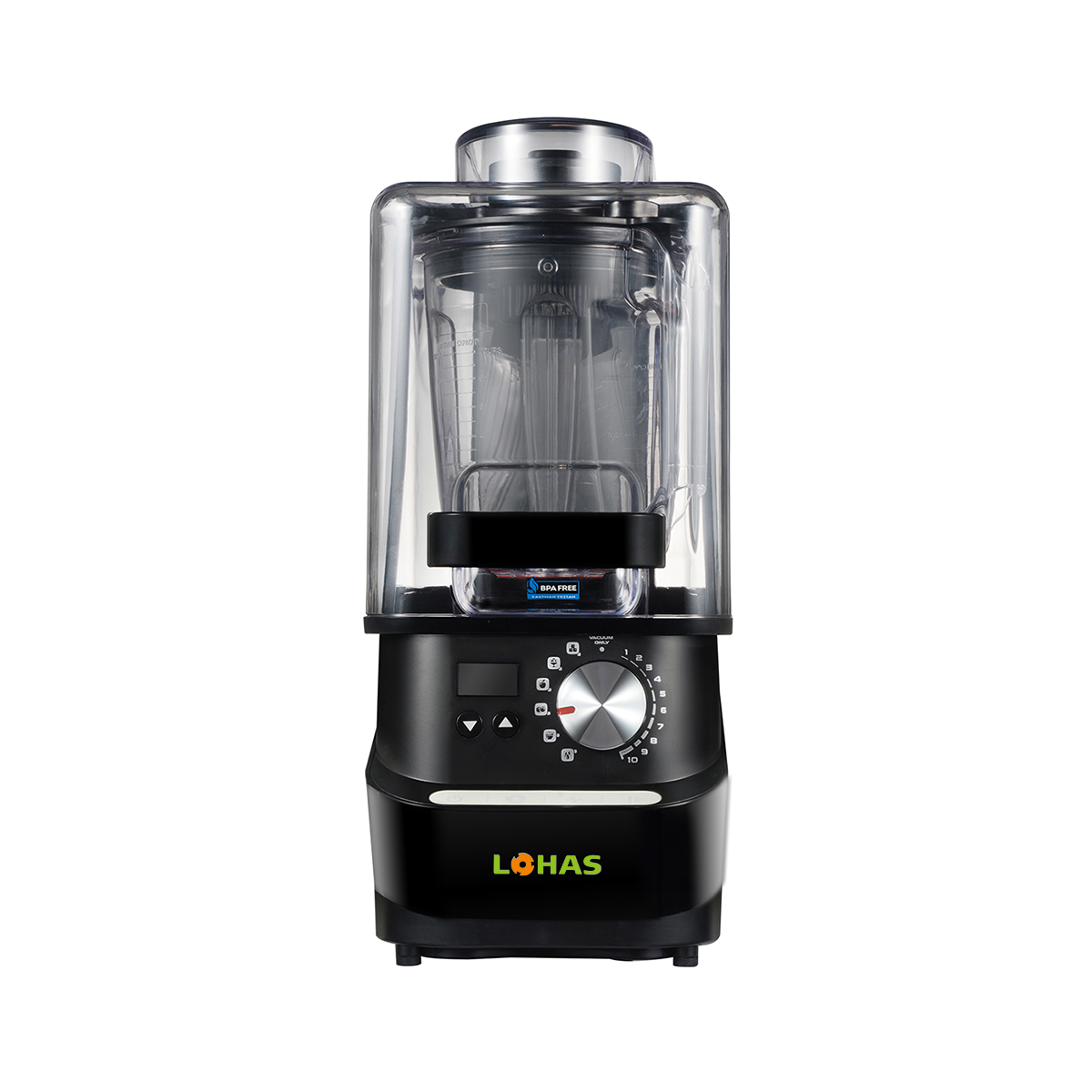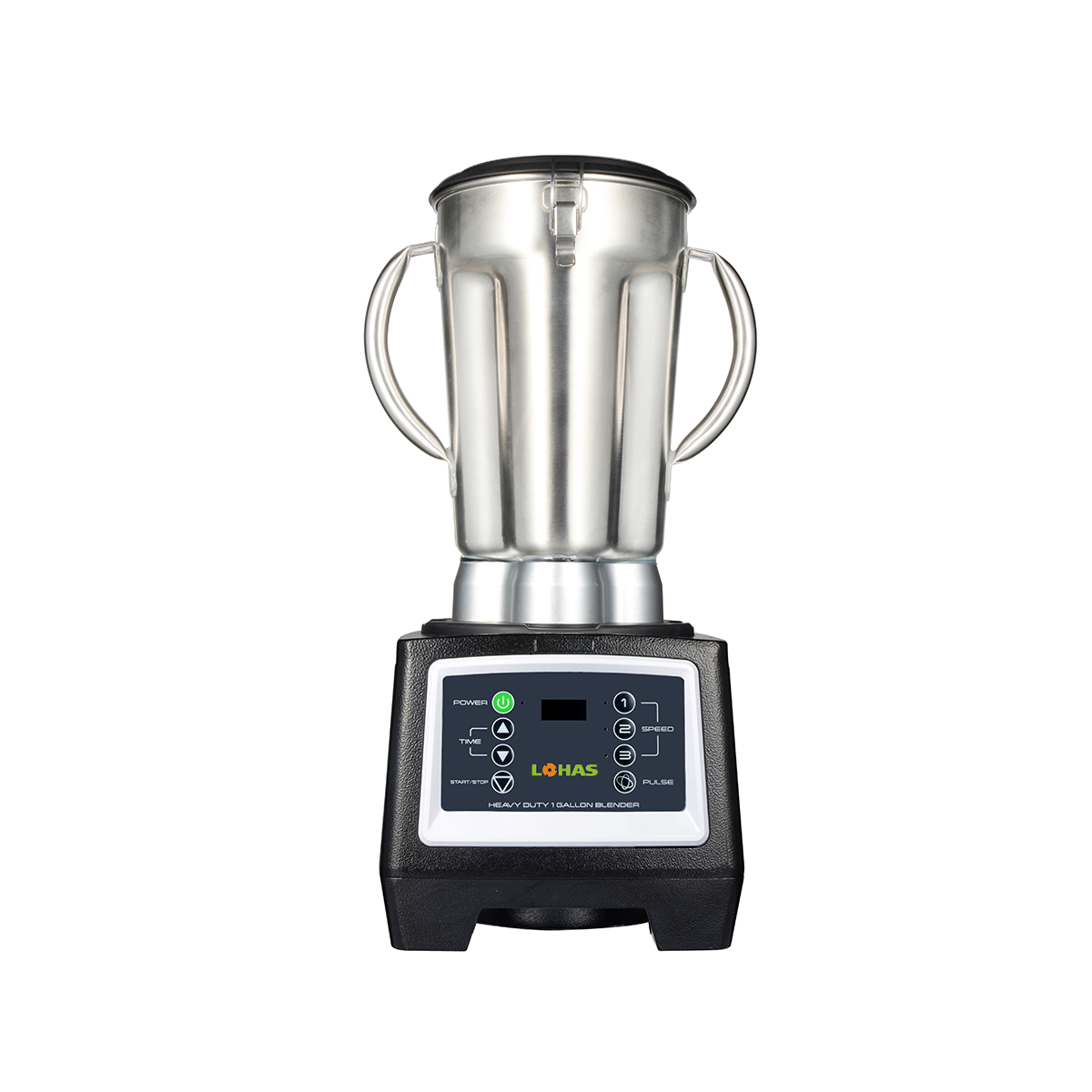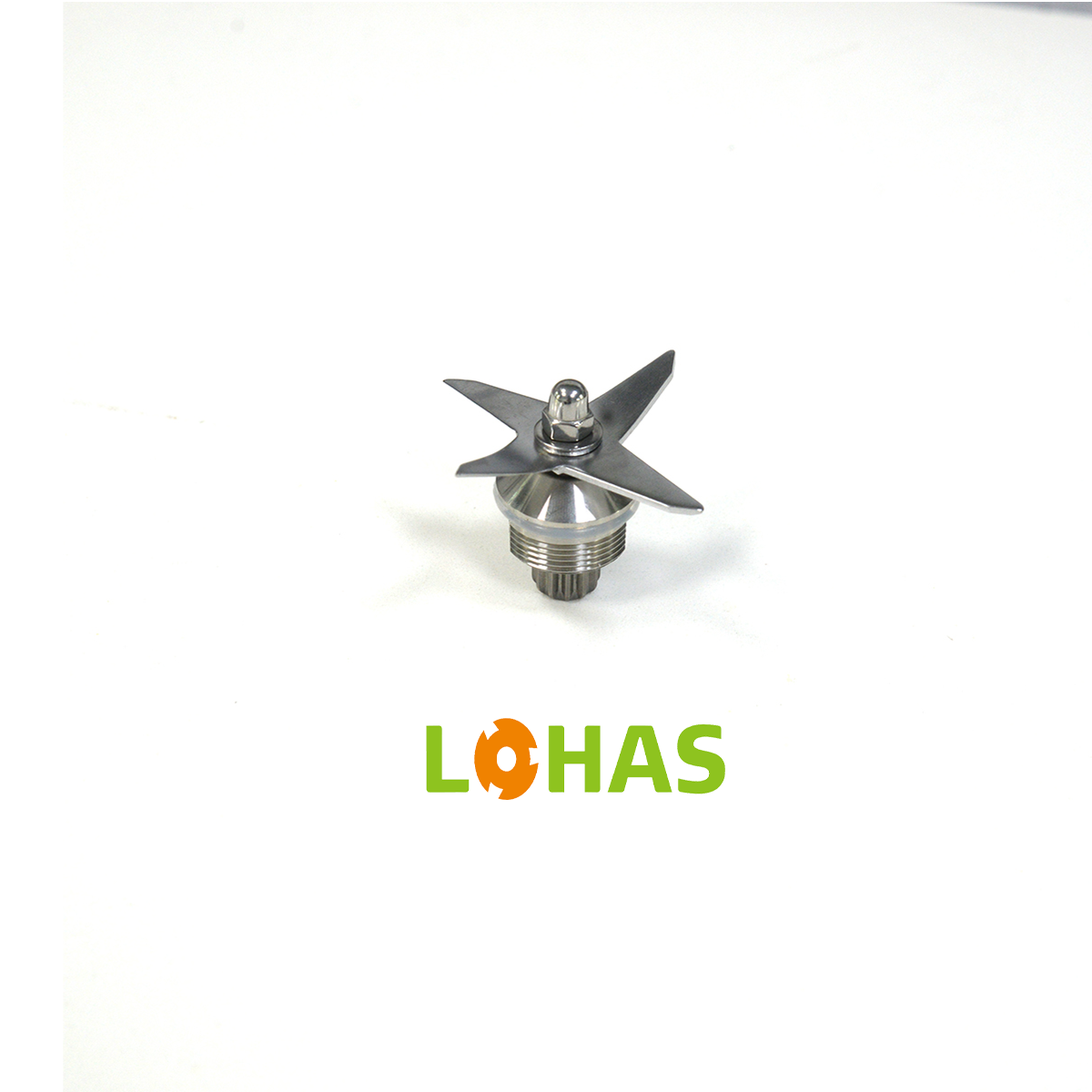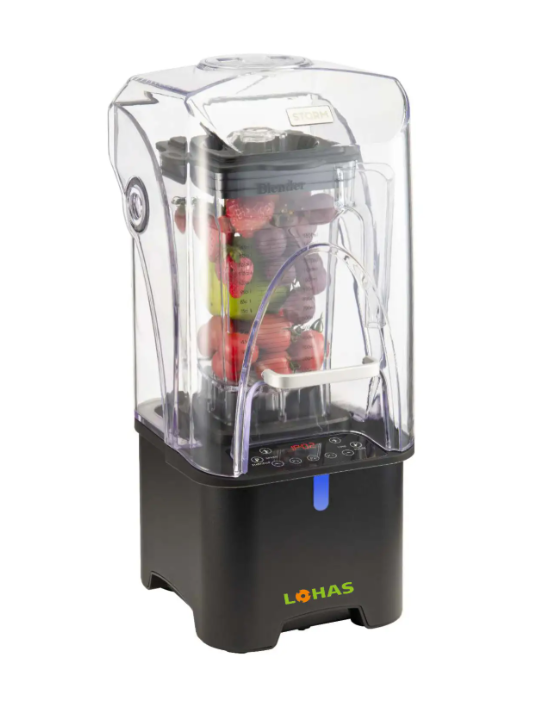Gerekli Karıştırıcı Günlük Kullanım için Bakım Araçları
Bulaşık Deterjanı ve Sıcak Su
Bulaşık deterjanı ve sıcak su, blenderın günlük bakımında temel temizlik araçlarıdır. Hafif bulaşık deterjanı kullanmak, malzeme zarar görmeden etkili bir şekilde temizlik yapması açısından önemlidir. karıştırıcı çeşitli gıda artıklarının bıraktığı kalıntıları gidererek blenderın hijyenik ve koku oluşmadan kalmasını sağlar. Sıcak su, yiyecek parçacıklarını ve yağı çözerek blenderın iyice temizlenmesini kolaylaştırır. Bu kombinasyon sadece etkili değil, aynı zamanda basit ve hızlıdır ve rutin temizlik işlemleri için idealdir.
Çizilmeye Karşı Mikrofiber Bezler
Mikrofiber bezler benim için vazgeçilmez bir parçadır karıştırıcı bakım seti. Aşındırıcı olmamaları, karıştırıcının yüzeylerine zarar vermeden onlara nazik davranmalarını ve kavanozun parlaklığını korumalarını sağlar. Geleneksel bezler genellikle toz veya kalıntı bırakır ancak mikrofiber bezler bu kalıntıları etkili bir şekilde tutacak şekilde tasarlanmıştır. Bu da daha az sürtme çabası ve daha parlak bir sonuç anlamına gelir. Mikrofiber bezler kullanmak, temizlik rutinime ekstra bir bakım katmanı eklemek gibidir; yatırımımı korur ve karıştırıcının ömrünü uzatır.
Bıçak Bölgesi için Yumuşak Kıllı Fırçalar
Yumuşak kıllı fırçalar, bir blenderın bıçakları etrafını etkili bir şekilde temizlemek için çok önemlidir. Bıçaklar yiyecek artıklarını barındırabilir ve bu da çapraz kontaminasyona neden olabilir, ayrıca hazırlanan yemeklerin kalitesini ve güvenliğini etkileyebilir. Sağlık kuralları, gıda kaynaklı hastalıkların riskini önlemek amacıyla bıçakların iyice temizlenmesinin önemini vurgular. Ayrıca, bu fırçaları düzenli kullanmak, zamanla bıçağın kenarlarını aşındırabilecek yiyecek kalıntılarından arındırarak bıçağın keskin kalmasına yardımcı olur. Bu fırçalar sayesinde blenderın zor erişilen bölgelerine kolayca ulaşabiliyorum ve bileşenlere zarar vermeden kapsamlı bir temizlik sağlayabiliyorum. karıştırıcı kolayca, bileşenlere zarar vermeden kapsamlı temizlik sağlar.
Zorlu Artıklar İçin Derin Temizlik Çözümleri
Mineral Tortuları için Karbonat Macunu
Karbonat, blender bıçakları ve kavanoz yüzeylerindeki mineral birikintileri gidermek için oldukça etkili bir çözümdür. Bu doğal temizleyici hem güçlü hem de nazik olup, blenderinizi hasar vermeden temizlemeniz için idealdir. Karbonat macunu oluşturmak için karbonat ve suyu eşit oranlarda karıştırarak kalın kıvamlı bir karışım elde edin. Mineral birikintisinin oluştuğu bölgelere bu macunuyu uygulayın ve yumuşak bir fırça veya bezle hafifçe fırçalamadan önce 15-20 dakika bekletin. Mutfak uzmanları genellikle karbonatın temizlik gücünü övmekte ve çeşitli evine temizlik araştırmalarında desteklendiği gibi, sert kalıntıları çözme ve koku birikimini önleme yeteneğini vurgulamaktadır.
Dezenfeksiyon İçin Beyaz Sirke
Beyaz sirke, blender parçalarınız için güçlü ve doğal bir dezenfektan olarak öne çıkar. Mantar önleyici ve antibakteriyel özelliklerinden dolayı sirke, derin temizlik rutininizin vazgeçilmezi haline gelmelidir. Düzenli kullanım sadece hijyeni korumakla kalmaz, aynı zamanda inatçı kir birikimini de önler. Etkinliği en üst düzeye çıkarmak için sirkenin bir kısmını suyun bir kısmı ile karıştırın ve ardından blenderınızı birkaç dakika çalıştırın. Hijyen kurallarına göre bu yöntem yüksek temizlik seviyesi sağlar. Blenderınızın hem dezenfekte edilmiş hem de kalıcı kokulardan arındırılmış kalması için bu uygulamayı periyodik olarak tekrarlamak önerilir.
Bıçak Bilenme için Buz Küpü Yöntemi
Bıçaklarınızı temizlerken aynı anda bileyici bir yöntem uygulamak çok akıllıca görünür ve bu buz küpü yöntemi tam olarak bunu sunar. Bu teknik yalnızca bıçakları bilenmez, aynı zamanda inatçı kalıntıların yerinden oynamasına da yardımcı olur. Bu yöntemi uygulamak için blenderinize bir avuç buz küpü koyun ve yüksek hızda karıştırın. Karıştırma işlemi sırasında oluşan sürtünme, bıçakların keskinliğini korumaya yardımcı olur ve şefler genellikle mutfak ekipmanlarının ömrünü uzatmak için bu tekniği önerirler. Bıçaklarınızı düzenli olarak bilenmek, biriken artıklardan kaynaklanan aşınmayı en aza indirerek kesme verimliliğini sağlar.
Blender Bakımı İçin Uzman Araçlar
Kavanoz İç Kısmı İçin Şişe Fırçaları
Şişe fırçaları, blender kavanozlarının iç kısmını etkili bir şekilde temizlemek için vazgeçilmezdir. Uzun ve esnek kılları, normalde temizlemesi zor olan kavanozların dibine ve köşelerine ulaşacak şekilde özel olarak tasarlanmıştır. Bu yalnızca kapsamlı bir temizlik sağlar, aynı zamanda yiyecek artıklarının birikmesini önleyerek hijyenin korunmasına da yardımcı olur. Bir şişe fırçası seçerken, blender kavanozunuzun boyutlarına göre doğru ebatı seçmek çok önemlidir. Çok küçük bir fırça büyük kavanozları yeterince temizleyemeyebilir, çok büyük bir fırça ise küçük kavanozlara sığmayabilir. Doğru boyutu seçmek, aracı rahatça kullanmayı ve her köşeyi temizlemeyi sağlar.
Gizli Bileşenler İçin Sökme Araçları
Sökme araçları, blenderların temizlenmesi sırasında kalıntı birikebilecek gizli bileşenlere erişim sağlayarak kapsamlı temizlikte önemli bir rol oynar. Bu araçlar, düzenli temizlikten sonra bile engebe barındırabilecek bıçaklar ve conta gibi parçaların ara sıra derinlemesine temizlenmesini kolaylaştırır. Blenderı sökerken cihazın zarar görmesini önlemek adına kullanıcı kılavuzlarına veya üretici önerilerine başvurmak esastır. Birçok üretici ürünleri doğru şekilde nasıl sökeceğinize dair ayrıntılı talimatlar sunar ve böylece bakımı kolay hale getirir. Bu gizli bileşenlerin düzenli olarak sökülüp temizlenmesiyle blenderın en iyi performansının korunması ve ömrünün uzatılması sağlanabilir; aynı zamanda kontaminasyon riski de en aza indirilebilir.
Birikimi Azaltmak İçin Önleyici Bakım İpuçları
Kullanımdan Hemen Sonra Durulama
Blenderinizi kullandıktan hemen sonra durulamak, kalıntı birikimini önlemek açısından çok önemlidir. Gıda güvenliği uzmanı Trevor Craig'e göre, hemen durulama işlemi yiyecek artıklarının kuruyup yapışmasını engeller ve daha sonra yoğun fırçalama ihtiyacını azaltır. Sıcak su ile bulaşık deterjanından bir damla karıştırılarak yapılan basit bir karışım, çoğu yüzey kalıntısını saniyeler içinde etkili bir şekilde temizleyebilir. Uzmanlar, özellikle protein tozları ve smoothie'ler için bu hızlı durulama işlemini, cihazınızın hijyenik ve işlevsel kalmasını sağlamak amacıyla sıkça önerir.
Doğru Kurutma Teknikleri
Mikserlerde küf oluşumunu ve hoş olmayan kokuları önlemek için uygun kurutma teknikleri esastır. Kavanozlarda, kapaklarda ve bıçaklarda sıkışan nem, bakteri ve küf için üreme ortamı oluşturabilir. Bileşenlerin tamamen kurumasını sağlamak için kurutma rafına yerleştirerek havada kurutma önerilir. Alternatif olarak, temiz bir bez ile özellikle ulaşılması zor alanlarda su kalmadığından emin olarak daha hızlı sonuçlar elde edilebilir. Araştırmalar, zamanla nem birikiminin mutfak aletlerinin bozulmasına neden olabileceğini göstermiştir ve bu da özenli kurutma rutinlerinin önemini vurgular.
Kötü Kimyasallardan Kaçınmak
Blenderları temizlerken sert kimyasallar kullanmak, blenderların ömrünü kısaltabilir. Aşındırıcı temizleyiciler cihazın yüzeylerine ve işlevselliğine zarar verebilir. Bunun yerine sirke veya karbonatı suyla karıştırmak güvenli ve etkili bir temizlik çözümü sunar. Bu maddeler kirleri temizlerken cihaza zarar vermez. Araştırmalar genellikle bu daha hafif temizleyicilerin faydalarına atıfta bulunur ve cihaz bütünlüğünü korurken etkili bir temizlik sağladıklarını vurgular.
Sıkça Sorulan Sorular
Blenderları temizlemek için bulaşık deterjanı ve ılık su kullanmak neden önemlidir?
Bulaşık deterjanı ve ılık su, yiyecek kalıntılarını etkili bir şekilde uzaklaştırarak blenderınızın hijyenik ve koksuz kalmasını sağlar ve malzemeye zarar vermez.
Mikrofiber bezler blenderımın nasıl korunmasına yardımcı olur?
Mikrofiber bezler aşındırıcı değildir ve blenderınızın yüzeylerinin çizilmesini engeller, parlaklığını korur.
Karbonat, blender yüzeylerindeki mineral birikintileri gidermeye yardımcı olabilir mi?
Evet, karbonat macunu, nazik ancak güçlü temizleme özellikleri sayesinde hasara neden olmaksızın mineral birikintilerini etkili bir şekilde giderir.
Blenderinizi beyaz sirke ile ne sıklıkta dezenfekte etmelisiniz?
Hijyenin korunmasına ve inatçı kir birikimlerinin önlenmesine yardımcı olmak için blenderinizi periyodik olarak sirke çözeltisiyle dezenfekte etmeniz önerilir.
Blenderinizde kalıntı birikimini önlemek için hangi adımları atabilirim?
Kullanımdan hemen sonra durulama yapmak ve uygun kurutma tekniklerini uygulamak, zamanla kalıntı birikimini azaltmada ve blender işlevselliğini korumada hayati öneme sahiptir.
İçindekiler
- Gerekli Karıştırıcı Günlük Kullanım için Bakım Araçları
- Zorlu Artıklar İçin Derin Temizlik Çözümleri
- Blender Bakımı İçin Uzman Araçlar
- Birikimi Azaltmak İçin Önleyici Bakım İpuçları
-
Sıkça Sorulan Sorular
- Blenderları temizlemek için bulaşık deterjanı ve ılık su kullanmak neden önemlidir?
- Mikrofiber bezler blenderımın nasıl korunmasına yardımcı olur?
- Karbonat, blender yüzeylerindeki mineral birikintileri gidermeye yardımcı olabilir mi?
- Blenderinizi beyaz sirke ile ne sıklıkta dezenfekte etmelisiniz?
- Blenderinizde kalıntı birikimini önlemek için hangi adımları atabilirim?

